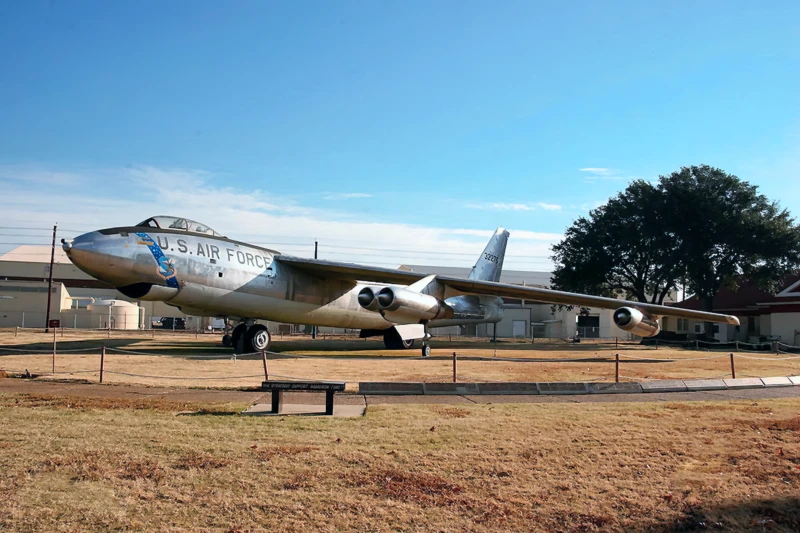
B-47 斯特拉托耶特 | |
|---|---|
| 国家 | 美国 |
| 类型 | 远程轰炸机 |
| 介绍 | 1951年6月 |
| 建立 | 2032 |
这 波音450型B-47斯特拉托喷气机 是一种远程,六引擎,喷气动力的中型轰炸机,以高亚音速和高空飞行。它的主要目的是向苏联投下核弹。B-47的发动机在机翼下装上吊舱,是二战后战斗机设计的重大创新,并有助于发展现代喷气式客机。
源: 维基百科上的B-47E斯特拉托耶特
| B-47E 斯特拉托耶特 | |
|---|---|
| 摄影师 | 未知 |
| 本地化 | 未知 |
| 照片 | 55 |
| 波音B-47斯特拉托杰特四处走动 | |
|---|---|
| 摄影师 | 塞斯·亨德里克斯 |
| 本地化 | 未知 |
| 照片 | 97 |
| EB-47E Stratojet Walk Around | |
|---|---|
| 摄影师 | Fotios Rouch |
| 本地化 | 未知 |
| 照片 | 60 |
| WB-47E Stratojet Walk Around | |
|---|---|
| 摄影师 | Michael Benolkin |
| 本地化 | 未知 |
| 照片 | 40 |
另请参阅:
| B-47B Stratojet Walk Around | |
|---|---|
| 摄影师 | Donald Lemas |
| 本地化 | 未知 |
| 照片 | 33 |
The **Boeing B-47 Stratojet** was a pivotal American strategic bomber that served as the backbone of the U.S. Air Force Strategic Air Command (SAC) during the Cold War era of the 1950s. It was a revolutionary aircraft that set the standard for modern jet design by introducing several key features to large aircraft.
Design Innovations
Swept Wing Configuration
The B-47 was the first large aircraft to feature highly **swept wings** (35 degrees). This design was crucial for achieving high subsonic speeds and avoiding the excessive drag associated with straight wings near the sound barrier. The wings were thin and highly flexible.
Pod-Mounted Engines
The aircraft utilized **six turbojet engines** mounted in streamlined pods beneath the wings (two twin pods inboard and two single pods outboard). This configuration reduced structural weight, lessened wing flutter, and became the blueprint for virtually all subsequent jet aircraft, including commercial airliners.
Bicycle Landing Gear
Due to the thin wing structure, which couldn’t accommodate main gear, the B-47 used a “bicycle” arrangement: two sets of main wheels in tandem along the fuselage centerline, supplemented by small **outrigger wheels** that retracted into the inboard engine pods.
Primary Role and Service
The Stratojet was designed as a high-altitude, high-speed nuclear bomber, intended to penetrate Soviet airspace faster than interceptors could react. Over 2,000 units were manufactured.
- 角色: Medium-range **nuclear deterrent** for the United States during the 1950s.
- Performance Quirk: Early jet engines required additional thrust for takeoff when fully loaded; consequently, B-47s often carried JATO (Jet-Assisted Take-Off) rockets.
- Landing Quirk: Its sleek, aerodynamically clean design meant it struggled to slow down for landing, requiring the use of a **drogue parachute** to increase drag.
- 变种: Beyond its bomber role, the aircraft was adapted for critical **reconnaissance** missions (RB-47), electronic intelligence (ELINT), and weather reconnaissance (WB-47).
- Legacy: Although its bomber role ended by the mid-1960s (replaced by the B-52), the B-47 is remembered as the aircraft that bridged the gap between propeller-driven bombers and the modern jet age, influencing all subsequent large jet aircraft design.
Views : 12355


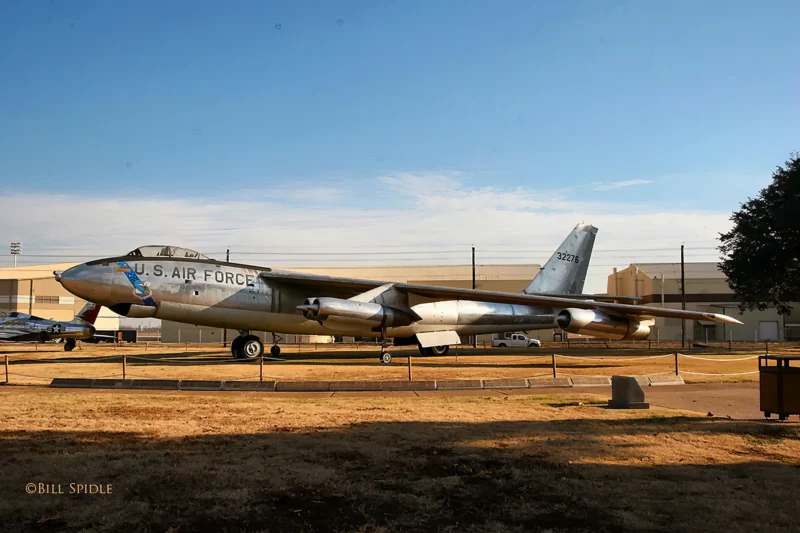
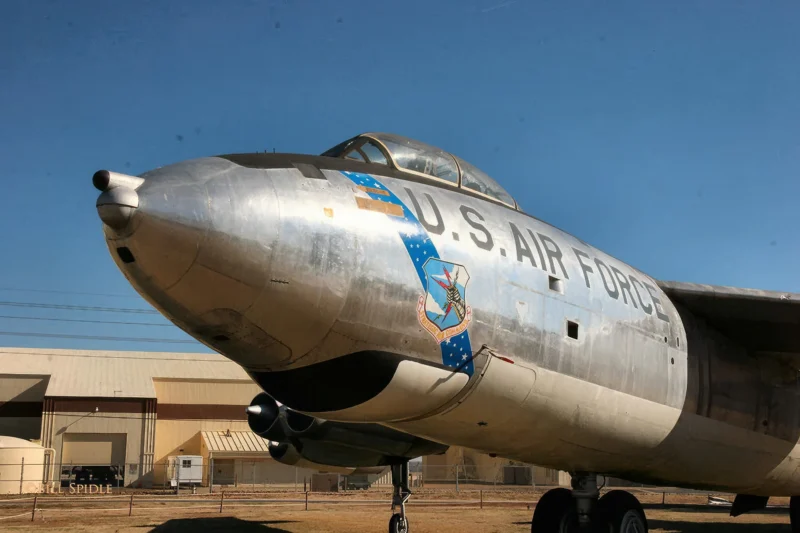
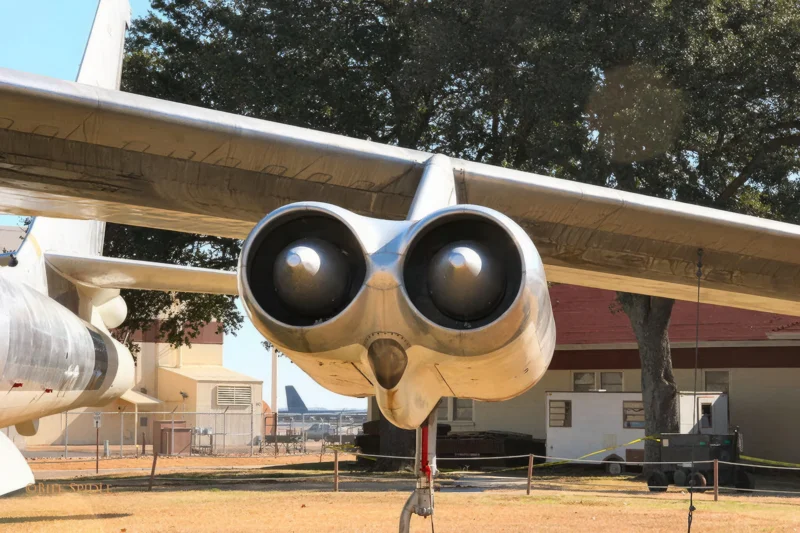
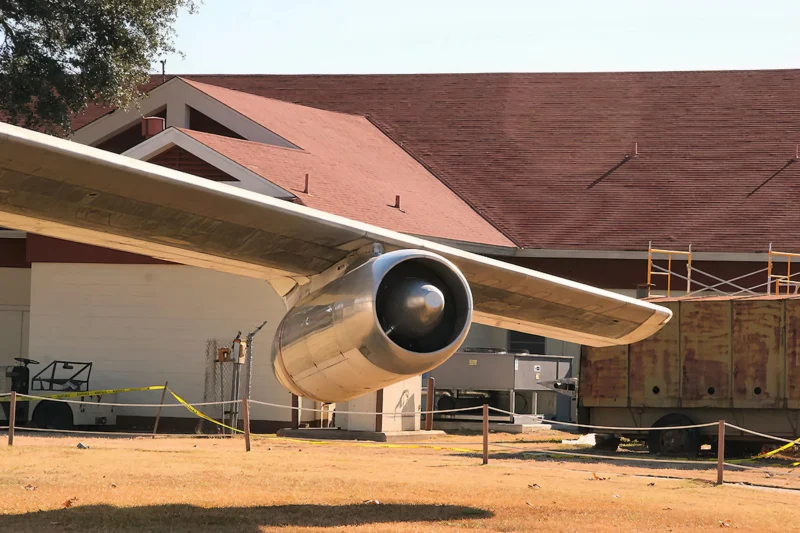
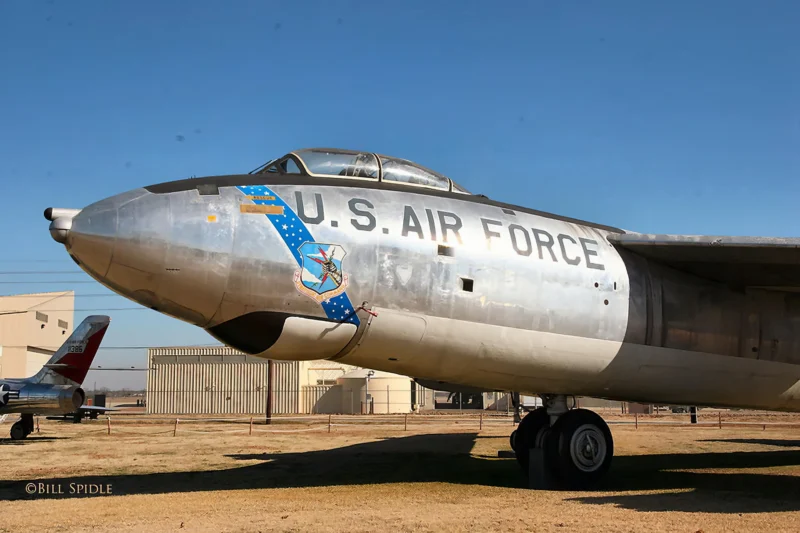
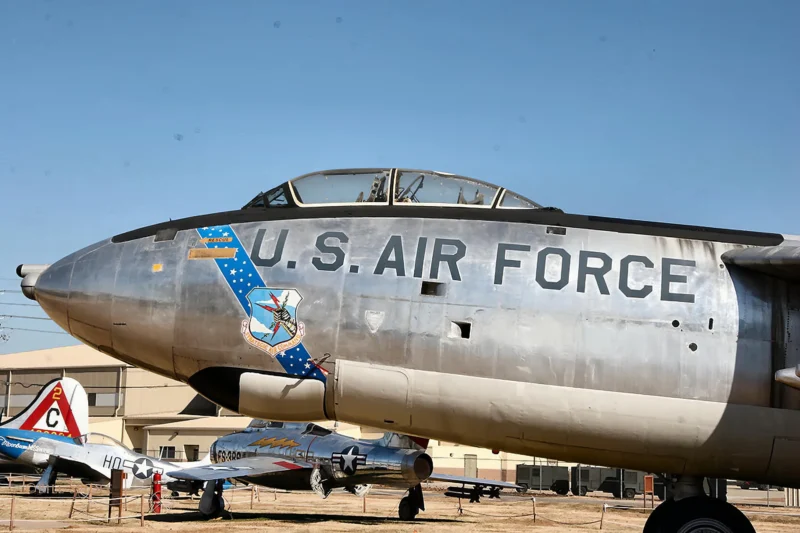
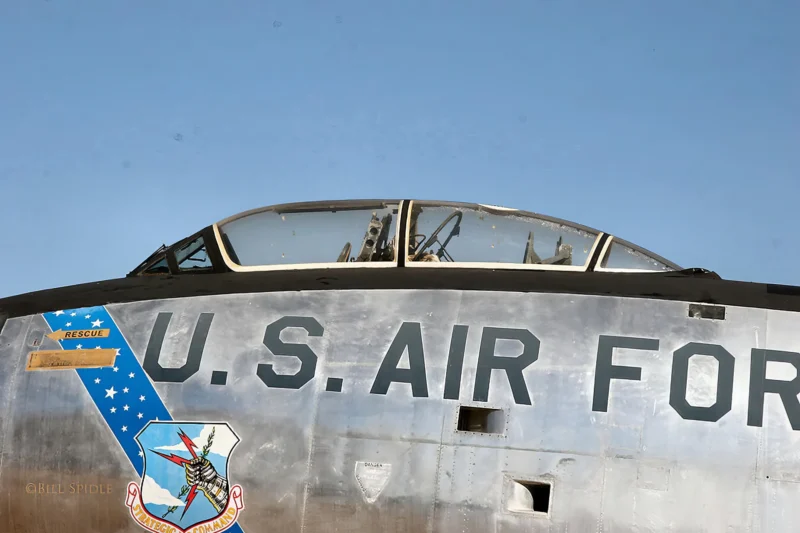


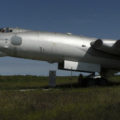
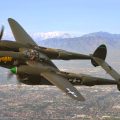
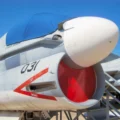
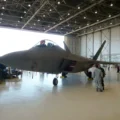
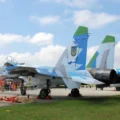



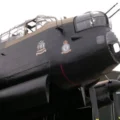
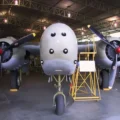
空军在1960/1970年代使用B47作为天气平台。在西海岸,他们在麦克莱伦空军基地外运作。